Managing Joint Conditions with Diet & Exercise
The field of medicine has identified at least a hundred types of joint conditions. Note these are just those that have been observed; there may be others not yet detected. While it is true that diagnosing joint problems is often straightforward (although even that is not always true) determining the main cause is more complicated, since many things can cause them to develop. Nevertheless, all types of joint conditions yield common symptoms and similarly effect the body.
 Joint problems can damage the muscles, tissues and bones in the joint area. The good news is that there are some basic things you can do to delay the progression, minimize the damage and symptoms, and even avoid or prevent many joint maladies from developing. There are hundreds or even thousands of medications and supplements on the market today that can offer relief from joint-problem symptoms and damage. Still, a proper, healthy diet coupled with daily exercise is the best and simplest method to prevent and resolve the symptoms of joint conditions. Your diet will often dictate what your overall health condition will be.
Joint problems can damage the muscles, tissues and bones in the joint area. The good news is that there are some basic things you can do to delay the progression, minimize the damage and symptoms, and even avoid or prevent many joint maladies from developing. There are hundreds or even thousands of medications and supplements on the market today that can offer relief from joint-problem symptoms and damage. Still, a proper, healthy diet coupled with daily exercise is the best and simplest method to prevent and resolve the symptoms of joint conditions. Your diet will often dictate what your overall health condition will be.
Your body needs daily nourishment, and it is a lifetime task to fulfill this need. The only way our body can get nourished is by eating well.
A Healthy Diet can Help Push Joint Disorders Away
Some food options can truly help strengthen the body, while others will aid its destruction. Saturated fats, glucose, or sugar, and red meat, while a normal daily diet for many, especially for those not under a modified diet, are not inherently bad. But too much of these foods can definitely contribute to the development of joint problems sooner or later. On the other hand, healthier food selections like vegetables, fruits, root crops, especially ginger, and whole grains can help push them away.
 Another matter in eating is that too much of anything is not beneficial, even if the food itself is healthy. Moderate your eating to a healthy rhythm. Overeating causes fats to develop that settle in the body, thus, the body gains excess weight. And being overweight is one of the reasons joints become damaged and problems develop, especially in the lower parts of the body where the weight is distributed.
Another matter in eating is that too much of anything is not beneficial, even if the food itself is healthy. Moderate your eating to a healthy rhythm. Overeating causes fats to develop that settle in the body, thus, the body gains excess weight. And being overweight is one of the reasons joints become damaged and problems develop, especially in the lower parts of the body where the weight is distributed.
Promoting Health through Daily Exercise
Joint problems can cause major changes in a person’s life since they can make even the simplest body movements difficult, painful and sometimes impossible to do.
This is the same reason most people think that doing exercise is not going to be helpful and can further damage the joints and bones if a joint disorder is present. That is certainly not true! Most doctors recommend daily simple exercises as a form of physical rehabilitation therapy for those suffering from these issues as well as for those at risk of developing them. Exercises can help the body improve its range of motion, especially in the joint areas where joint damage is prevalent.
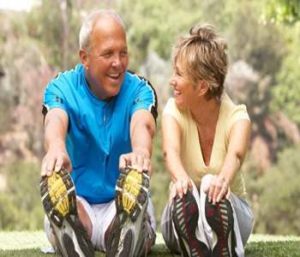
Many exercises help the body shape up, and some of them are even beneficial to those suffering from joint problems. Doing daily exercises helps the muscles, joints, and bones by developing endurance and elasticity.
Additionally, exercises help with body weight, an overabundance of which is one of the main causes in the development of joint issues. Yet such exercise does not have to be extreme, especially if the person is suffering from a more accute joint syndrome. In fact, those exercises requiring basic movement are better like stretching, walking, and jogging.
It is obvious that diet and exercise play a big role in every person’s health, especially a role in preventing joint conditions from developing. Nevertheless, consult a doctor or medical professional to check your overall body health before starting a diet and exercise program. The health professional can determine which diet and exercise path will cater to your body’s needs.

 Subscribe Now
Subscribe Now
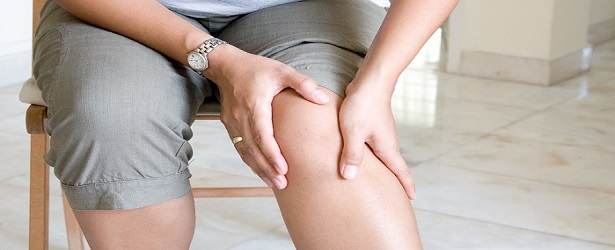
 Medicine has identified at least a hundred types of variants of joint conditions; some may still be unidentified at this time. Even for the most common types there is currently no cure, and science has not clearly defined the core reason why they can develop or what definitively causes them to develop.
Medicine has identified at least a hundred types of variants of joint conditions; some may still be unidentified at this time. Even for the most common types there is currently no cure, and science has not clearly defined the core reason why they can develop or what definitively causes them to develop. Infection including bacterial, viral or even an STD, can also cause the development of joint damage. The body’s own defense against attack — the immune system — can cause the development of a joint condition. The autoimmune condition damages the joints by destroying the healthy joint cells until every part of it breaks down beyond repair.
Infection including bacterial, viral or even an STD, can also cause the development of joint damage. The body’s own defense against attack — the immune system — can cause the development of a joint condition. The autoimmune condition damages the joints by destroying the healthy joint cells until every part of it breaks down beyond repair. Keep in mind that these are just few of the reasons for a person to experience joint problems that causes the painful and uncomfortable symptoms that may cause changes to the patient’s way of living. Joint problems can definitely make daily tasks like moving around hard or even impossible to do because of the joint pain, hardening, and stiffening. While it is true that there is no cure for the more severe joint conditions, the good news is that the chances of contracting them can be avoided by keeping a
Keep in mind that these are just few of the reasons for a person to experience joint problems that causes the painful and uncomfortable symptoms that may cause changes to the patient’s way of living. Joint problems can definitely make daily tasks like moving around hard or even impossible to do because of the joint pain, hardening, and stiffening. While it is true that there is no cure for the more severe joint conditions, the good news is that the chances of contracting them can be avoided by keeping a 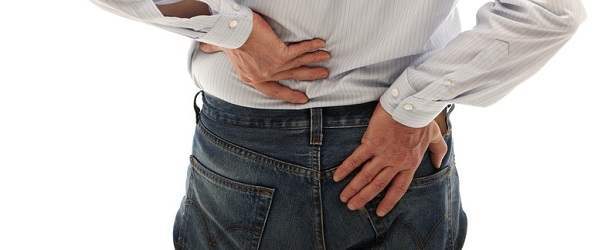
 Symptoms you are Experiencing
Symptoms you are Experiencing



 Other physical conditions related to metabolism can cause joint disorders, too, such as gout. Gout develops due to a high level of uric acid in the body that causes inflammation of the joints and cartilage. The uric acid stays in the joint area, causing damage and extreme pain. The early manifestation of gout is usually observed in the big toe.
Other physical conditions related to metabolism can cause joint disorders, too, such as gout. Gout develops due to a high level of uric acid in the body that causes inflammation of the joints and cartilage. The uric acid stays in the joint area, causing damage and extreme pain. The early manifestation of gout is usually observed in the big toe.
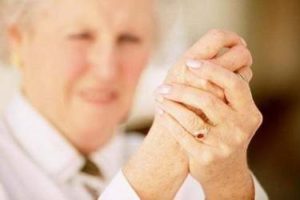 The most common joint disorders damage the joints and even the surrounding areas. They can develop from aging, malnutrition, untreated physical trauma or even genetics. Although common they are often irreversible with symptoms ranging from mild to moderate to severe. In worst cases they can even contribute to the death of the patient due to complications involving major organs.
The most common joint disorders damage the joints and even the surrounding areas. They can develop from aging, malnutrition, untreated physical trauma or even genetics. Although common they are often irreversible with symptoms ranging from mild to moderate to severe. In worst cases they can even contribute to the death of the patient due to complications involving major organs. Physical trauma such as “wear and tear” to the joints can also cause joint-problem symptoms. Pressure on the joints can cause damage, which normally swells or gets inflamed. Athletes or those involved in physical work such as construction can routinely experience this type of joint trauma.
Physical trauma such as “wear and tear” to the joints can also cause joint-problem symptoms. Pressure on the joints can cause damage, which normally swells or gets inflamed. Athletes or those involved in physical work such as construction can routinely experience this type of joint trauma.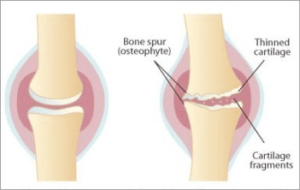 Since there is no cure for the most common joint conditions, the next best solution is to deal with the symptoms. With a degenerative joint condition, patients often joint pain during the first part of the day but it subsides with movement during the day. Simple exercises can help alleviate joint pain and prevent joint hardening. This improves both the range and motion of the joints when a joint disorder is already present.
Since there is no cure for the most common joint conditions, the next best solution is to deal with the symptoms. With a degenerative joint condition, patients often joint pain during the first part of the day but it subsides with movement during the day. Simple exercises can help alleviate joint pain and prevent joint hardening. This improves both the range and motion of the joints when a joint disorder is already present.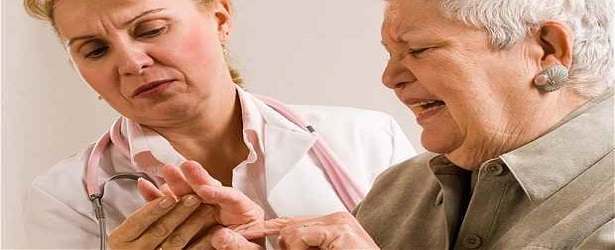

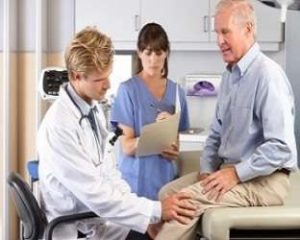 Your medical history is important in the process of diagnosis. The medical history clarifies to the doctor your physical condition including any past illnesses or even just injuries that might have caused the joint problem to develop. Doctors also consider checking the patient’s family medical history to help gauge the risk of a genetic condition.
Your medical history is important in the process of diagnosis. The medical history clarifies to the doctor your physical condition including any past illnesses or even just injuries that might have caused the joint problem to develop. Doctors also consider checking the patient’s family medical history to help gauge the risk of a genetic condition. In addition, doctors also require technologically aided diagnostics when the condition calls for them, like the X-ray and the
In addition, doctors also require technologically aided diagnostics when the condition calls for them, like the X-ray and the 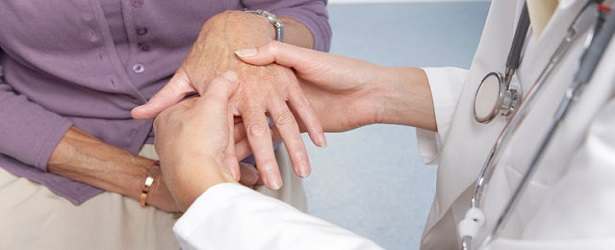
 The Most Prevalent: Degenerative Cartilage
The Most Prevalent: Degenerative Cartilage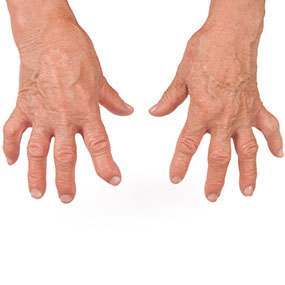
 Treatments
Treatments






